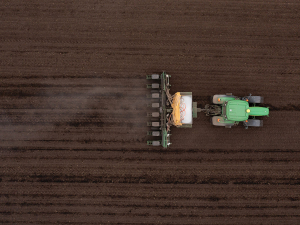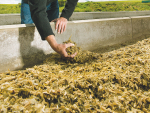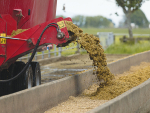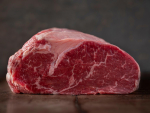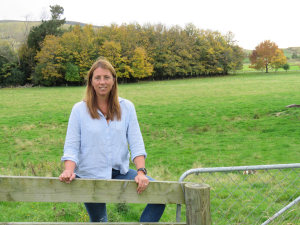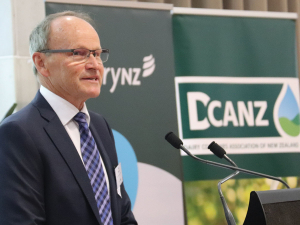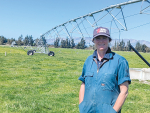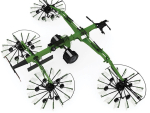With spring underway, maize growers across New Zealand are preparing for planting.
Understanding how to set up your crop for success is critical, and Pioneer’s national research & agronomy manager, Dr Rowland Tsimba, says it all begins with knowing your growing environment. Rowland recently joined Matt Dalley and me on our “Feed for Thought” podcast to unpack the science behind growing a high-yielding maize crop.
“The key to cropping success is a combination of understanding the science and good strategic planning,” says Rowland. “While factors like temperature, radiation levels, soil type, and moisture availability are largely beyond a grower’s control, understanding them allows for better management decisions that can mitigate their impact on yield”.
Soil testing is one of the first critical factors to consider in the planning process. Maintaining the correct soil pH (ideally around 6.0 for maize) ensures nutrient availability and prevents potential toxicity issues from micronutrients like aluminium and iron. Beyond pH, understanding your soil’s nutrient profile helps determine fertiliser requirements based on realistic yield targets for your specific environment.
Hybrid selection is important, and growers should consider a range of factors, including the crops’ end use, key agronomic traits, and paddock yield potential. Always choose hybrids that have been tested across a range of growing environments over several seasons.
Plant population represents another crucial planning factor. Modern maize hybrids have improved stress tolerance ratings, allowing for higher plant densities in suitable environments.
Rowland points out, “Provided water is not limiting, yield is largely determined by the amount of radiation that the crop can intercept”.
The higher the number of plants, the greater the potential for light interception; however, the population must be matched to the growing environment. This is why we typically reduce plant numbers in moisturelimited areas or for late plantings. A simple visual assessment conducted after maximum leaf size has been achieved (about a week or so after silking) can help determine if you’ve chosen the right population. This can be done by estimating the amount of light penetrating the leaf canopy onto the soil on a sunny day around midday. Ideally, light penetration below the leaf canopy should not exceed 5% of the soil surface area below the canopy.
Timing of planting is essential for crop success. It is recommended that the soil temperature at planting depth should be 10-12°C and rising (measured just after sunrise). Soil cultivation can influence temperature, with conventional tillage or strip-till warming soils faster than no-till systems. Moisture levels at planting are critical too; soil that can be moulded into a non-breaking ribbon is too wet and should be given more time to dry. When planting into dry conditions, increasing seed depth (up to 7.5 centimetres) to reach moisture can promote uniform emergence, which is essential for maximising yield potential.
Post-emergence management includes monitoring crops at the V2-V3 growth stages (when plants have two to three fully expanded leaves) for potential pest issues or weed competition. This early vegetative stage represents a vulnerable period when plants haven’t yet developed sufficient leaf area for vigorous photosynthesis. Understanding the V-stages is more reliable than using plant height alone for timing management decisions, particularly herbicide applications, that need to be completed before tassel initiation around V5-V6.
Successful maize crop production hinges on understanding the environment and using this information to inform decisions around nutrient application, hybrid choice, plant population and planting conditions. This should be followed up with crop monitoring and an appropriate weed and pest management plan.
To hear more on this topic, check out our latest Feed for Thought podcast with Rowland Tsimba, available on the Pioneer website and all major streaming platforms.
Wade Bell is Genetic Technologies farm systems manager. Contact him at This email address is being protected from spambots. You need JavaScript enabled to view it.

